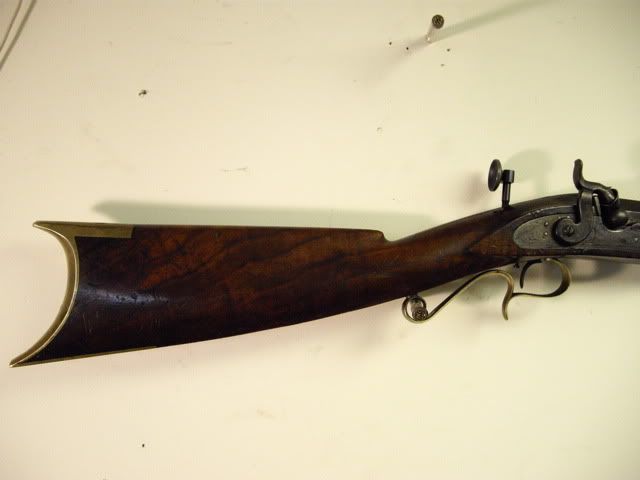Okay, I know what I'm going to say is going to be like poking a hornet's nest but I'm going to say it anyway. You are never going to sell this rifle. It is an heirloom and precious to you because your grandfather owned it. so, here is what I would do, and let me stress that it is what I would do. I am a gun shooter, not a gun collector so I would rather have it in shootable condition and shoot it. First, I'd carefully clean it being careful to remove only the dirt and crud. Then I'd remove the lock and clean the insides up and oil them so that it works as it did originally. Next, I'd thoroughly clean the bore so that it could be inspected by a qualified guinsmith. Then I'd take it to a qualified gunsmith and have him inspect it to see if it is safe to shoot. If he gives it the okay, I'd shoot it. It would be a way to connect with your grandfather.
However, if you are a collector or plan to sell it to a collector, just carefully wipe away the dust as others have suggested and wipe out the bore and oil the metal and do nothing else. The less you do to it, the more you preserve it's collector value and, consequently, it's monitary value.
























